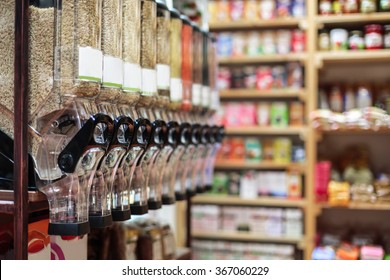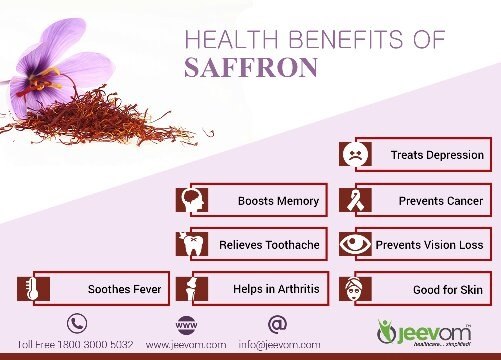
For endurance events such as marathons and ultramarathons, triathlons and Ironmans alike, carboloading foods can also come in handy before a long hike, race, or climb. These activities are energy-intensive and carboloading foods can prevent muscle fatigue. But, you shouldn't carboload before a long distance race or ultramarathon.
Carbo-loading is a term that refers to carboloading meals, which are eaten within the hours and days prior to endurance events. Do not eat foods that are high in glycemic. This can cause a decrease in blood glucose. A high-protein meal, for instance, is a better choice than a large pasta dinner, which could increase your performance.
A healthy diet should have at least a few carboloading foods. The best time for carb-loading is between two and three days before an event. You will have your muscles well-rested so they are ready to work. The average person should consume between 2.5 and 5.5 grams per kilogram of bodyweight each day. Do not eat too many carbohydrate if you are nervous. Instead, snack on crackers and chicken noodle soup.
Glycogen stores are only good for 30 minutes of exercise. Carbo-loading foods before you exercise will increase the amount of glycogen available. This will give you more energy for endurance and reduce fatigue. This can boost your performance during marathons or intense runs. If you are concerned about your diet, you may donate any left-over carbohydrates to Missoula Food Bank. You won't regret it!
Pro athletes will not benefit from carboloading in their long-distance races. Two hours is the average time for basketball, soccer, and football games. Running is a sport that involves standing for most of the time. Therefore, it's unlikely that runners will be able to reap the benefits of carbo-loading prior to a marathon. The benefits for marathoners are great as extra carbohydrates can help the body recover.

When you're training for a marathon you need to carb-load before you race. Usually, marathoners should eat about four pounds more than they normally eat. This is an indicator that they have successfully carb-loaded. The extra carbs will allow them to store three grams more water which will aid them in their race. They'll be able to hydrate and have enough fuel for the duration of the race.
Carbo-loading offers nutritional benefits but also carries risks. If you're preparing for an endurance event, you should avoid eating foods high in refined carbohydrates. You will be more susceptible to experiencing an increase in your blood sugar. A high intake of refined carbohydrates can lead to dangerous spikes in your blood sugar. These spikes can make you feel tired and hungry, and can even lead to a serious condition called diabetes.
Carbo-loading foods should be low in fat and low in fiber. Although high-fiber foods are beneficial, it is best to keep them in check. Too much fiber can cause stomach discomfort. You should limit your intake of fiber and increase the amount of carbohydrate you consume. But, you can also include fat-free food and snacks into your diet. These foods are often the same as those that you would eat if your diet was high in carbs.

Carboloading foods should have low-GI carbohydrates. However, it's important to be aware that high-fiber carbohydrate foods can cause digestive problems. Because they are high sugary, this can cause digestive problems. Low-GI foods are best for endurance sports. Limiting your intake is not enough. You also need to avoid overeating.
Carbo loading is important. It's crucial to understand your caloric requirements. It's important to be aware of your caloric requirements for an endurance event. The average person should consume around 35 grams of carbohydrates per kilogram of weight. It is important to note that carbohydrates are not essential for endurance. In fact, carbohydrates can cause stomach problems. Before you start a marathon/ultramarathon, it's important that you understand the meaning of carboloading meals.
FAQ
How Much Does It Cost to Study Culinary Arts?
There are many factors that influence the cost of learning culinary arts. A four-year degree in culinary arts typically costs around $40,000. A two-year associate's program may be less expensive at $5,000. The type of program you choose will determine the tuition rates. The prices charged by private institutions are generally higher than the public.
How do you choose the right career path to become a chef? How do I begin my career as chef?
You should start as an apprentice if you are interested in becoming chef. Apprenticeships offer the chance to work for several year without any tuition fees. You can apply to become a sous-chef after you have completed your apprenticeship. Sous chefs assist cooks with tasks such as making salads, and desserts. They also oversee the restaurant's operations.
What are the Qualifications to be a Chef
To become a chef, you must have a bachelor's degree in culinary arts. A number of ACF tests will be required. After completing these requirements, you will be awarded a certificate that confirms your qualifications.
What equipment do I need to cook?
To learn to cook, you don’t need to have any special equipment. However, having the right tools can make cooking easier. For example, a knife could be used for pasta making or a whisk would be better than a hand mixer for whipping egg whites to stiff peaks. The right tools make cooking easier and faster.
Statistics
- under 10 Kids have been taught that there is special food just for them, and Fiese says that 10 percent of kids will throw a tantrum if they don't get the food they want. (washingtonpost.com)
- You'll be amazed that over 90% of CIA students receive scholarships and grants to finish their culinary studies. (ischoolconnect.com)
- In the United States, the category is estimated at $23.2 billion annually and is growing faster than the market. (washingtonpost.com)
External Links
How To
How to Become a Chef
One of the most intriguing careers is that as a chef, it's one of your best options. You will need to have a lot of skills and knowledge in order to choose the right job for you. If you're looking to get started immediately, there are many avenues to explore. There are many options for you to work in restaurants, hotels, catering businesses, or take cooking classes. These tips will help you make a decision.
-
Learn how to cook!
Cooking is something everyone should learn at least once in their life. You should learn to cook if you don't already know much about food. Many recipes can be found online, and many are easy to follow. Remember to take your time when learning new things. Take it slow and enjoy each step.
-
Earn a degree
If your goal is to be a professional chef you should pursue a culinary arts degree. This will allow you to create your own style, taste and gain valuable knowledge. Culinary schools offer courses like baking, pastry-making, meat cutting, etc. Most schools require that students attend classes for many years before they can graduate. But if you really want to become a chef, you should think twice before choosing any school.
-
Work in a restaurant
Working in a restaurant is probably the easiest way to enter the world of chefs. Many people start out as chefs because they get hands-on experience. Restaurants look for qualified staff who have previously worked in another field. Restaurant jobs are a great way to get a job as a chef.